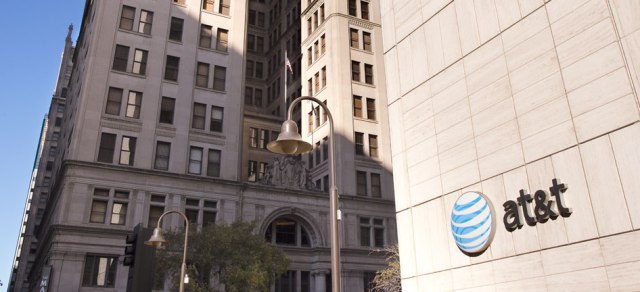
AT&T has started trials of point-to-point millimeter wave wireless technology to be used in-building wiring to deliver a 100 megabits per second connection accessible to each apartment unit.
An industry-first for AT&T, the trails will deploy a combination of wired and wireless network technologies at multiple apartment complexes in Minneapolis, outside its traditional 21 state wireline service area.
The service claims faster speeds of possibly up to 500Mbps in these trial properties via the fixed-wireless solution.
“If successful, this will give us the ability to offer a combination of internet, DIRECTV and wireless services to apartment complexes and multifamily communities in additional metro areas,” said Ed Balcerzak, senior vice president, Commercial and Connected Communities, AT&T.
Alongside trial properties, DIRECTV service will also be offered to users.
DIRECTV Advantage solution will deploy a single satellite dish on the building to send a video signal to a centralized distribution system for the property, enabling it to offer the service in every unit without satellite dishes on balconies.
The use of millimeter wave wireless technology enables multi-gigabit signal transmission from a central building connected to fiber to neighboring locations, while also connecting each unit via in-building wiring.
Ultra-fast internet speed will hence be available for residents in the entire property at a fraction of the time economically.
The ultra-fast internet speeds will be deployed on fiber-connected areas to neighboring properties using small radio/antenna systems placed on the rooftops, and will target residential societies and buildings.
The millimeter wave claims to offer a high-capacity wireless signal connecting neighboring residential property infrastructure to speeds of several gigabits per second.
Hence, when the neighboring building receives the multi-gigabit millimeter wave wireless signal, it is transformed to ultra-fast wired internet connection and internet access if offered via existing or new wiring in the property is directly routed to each unit.
For customers signing up for service the Wi-Fi router used by them can be connected to an existing wall outlet to avail the internet service.
AT&T will evaluate the expansion of this fixed-wireless millimeter wave solution by connecting additional properties outside its traditional wireline service area.
Areas under consideration include Boston, Denver, New Jersey, New York City, Philadelphia, Phoenix, Seattle and Washington D.C.
AT&T also announced a technology for ultra-fast internet service tagged Project AirGig to offer low-cost, multi-gigabit internet speeds using unlicensed radio spectrum distributed alongside powerlines.
It has filed 100 patents on the Project AirGig technology.
AT&T aims to virtualize 75 percent of its network by 2020 with a milestone of 30 percent in 2016, up from 5.7 percent last year to enhance its network offerings.
Currently, 14 million customers are now on this virtual infrastructure, with AT&T claiming that data traffic on its wireless network grew by more than 150000 percent between 2007 and 2015 and that video services summed for more than 60 percent of the total.
Also, AT&T has revealed plans to expand its 5G wireless connectivity testing with Nokia, while also partnering with Ericsson and Intel to begin work on its 5G solutions.





